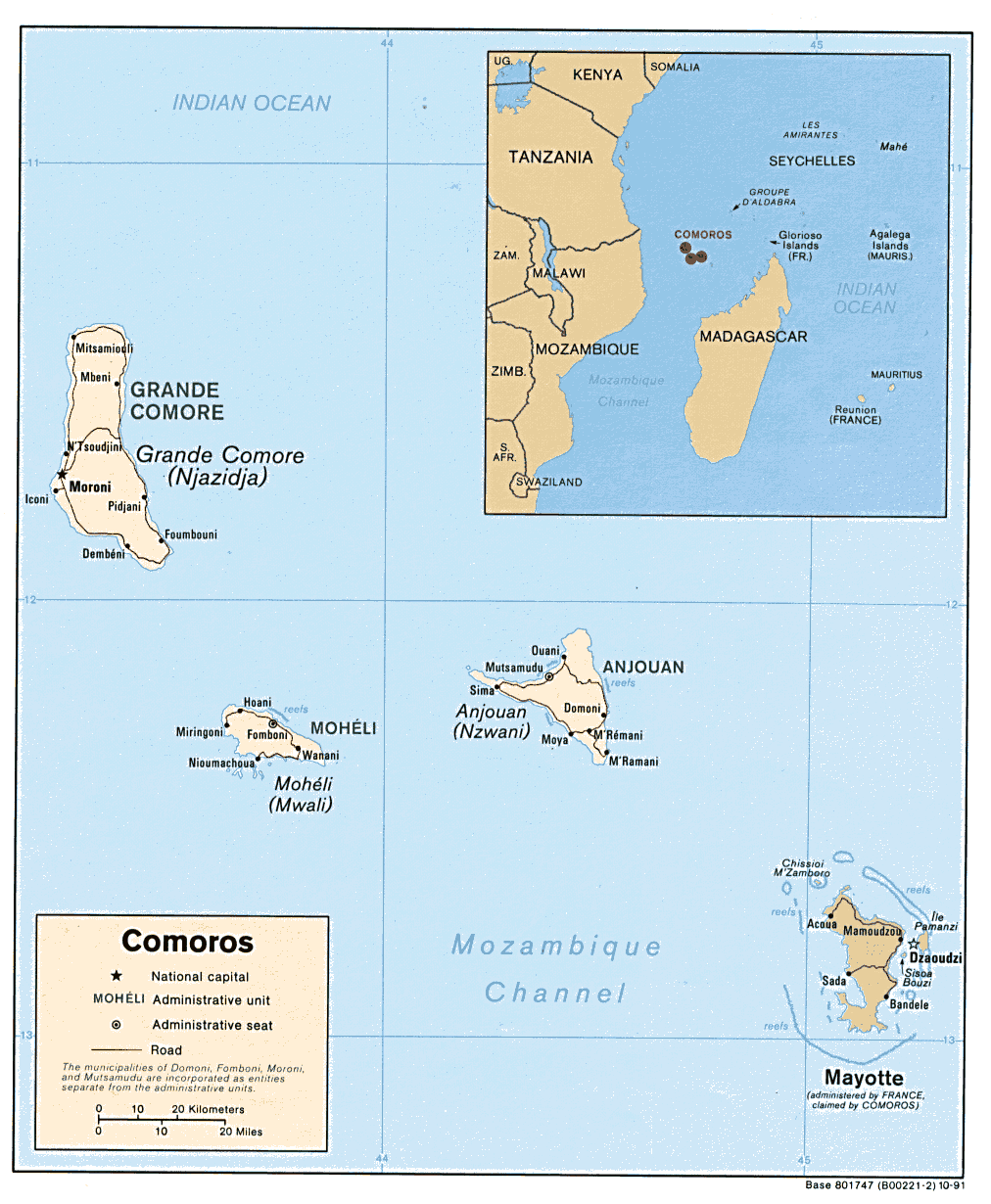
Madagascar is a large island South East of Africa. It is the 4th largest island next and contains 5 % of the world's plant and animal species. 90% of it's plant population species can only be found in this island. Very cool! Madagascar is actually the largest exporter and producer of vanilla. The majority of the population is Austronesian (South East Asian/ Pacific Islander) and African. Malagasy is the main language spoken on the island, which has an influence from Malaysian and Polynesian dialects. French is the secondary language. The food in Madagascar seems to embody a lot of fresh vegetables and meats. It kind of reminds me a lot of Comoros food.
My search for recipes this time was actually simple. I was lucky enough to have met a friend, Tonny, from Madagascar on my China trip last year. He and his partner are two wonderful guys and so of course I had to ask him for help. Not only did he help me, he wrote this long e-mail detailing the recipes, etc. I must thank him this time for helping me out with these dishes this time. Below are recipes I copied from Tonny's e-mail to me.
Romazava

beef or chicken (I prefer chicken) cut into small pieces (I used about 4 pieces of breast meat chicken)
1-2 chopped onions
crushed garlic with a big chinese knife
1-2 cut tomato
salt
black pepper
brazilian cress, washed and drained
Under high heat, poor some oil into a stew pan (or cauldron), when hot, add onions and garlic, let it melt a little bit (3 to 5 minutes), add tomato, stir another 2 minutes, then add meat, stir until meat get brown, add water to cover well over the meat, and cover the pan. Bring to boil, then turn heat to simmer. Add salt, pepper, and I used to add a little bit of sugar in most of my cooking, to soften the taste. Cook for 1 hour or until desired consistency. Then add the cress. Turn the heat to medium. And after the liquid get to the boiling point again, wait for 3 to 5 more minutes, and that's it. We eat romazava with rice, and the broth can be served apart in a bowl or poured on the rice. Serve with extra grounded hot chili for spicy tongue.
Unfortunately, I was not able to use Brazilian cress because I couldn't find it. I had to end up using spinach. Sorry Tonny! The dish was not heavily spiced, but very natural. I loved it. It reminded me of home cooked chicken soup without the noodles---similar to my mwamba from the Congo. I loved the natural flavors of the spinach, tomatoes and onions with the chicken. On
top of rice, it was very tasteful. The soup on the side was fresh.
Ravitoto

beef or pork cut into small pieces
1-2 chopped onions
crushed garlic
salt
pepper
grounded manioc leaves
coconut milk
The first part is the same as for the romazava, except you add the grounded manioc leaves half way of the meat cooking. For 1kg of meat, you can use 2 pack of manioc leaves. At the end, add the coconut milk and stir well. Bring to boil again before turning the heat off. Serve with rice.
Manioc leaves are the same as cassava leaves or tapioca leaves. I used beef instead of pork, and it was great. Remember the time I made Saka Saka from the Congo? Well, I was not a big fan of saka saka. This time, I did cook the manioc leaves for about 2.5 hours and the leaves were a lot more mooshy---which was more like the creamed spinach. Honestly, it still had the taste of leaves even after the salt and pepper and coconut milk. I think I'm just not a big fan of cassava leaves. Greg loved the dish. He had it the next day and if I had made more, he probably would have eaten it all week. I must admit, this dish was by far better than Saka Saka.
Chicken Curry

Chicken
Curry powder (quantity depends on you, you put more if you like it stronger, and it depends also on curry quality)
1-2 chopped onions
crushed garlic
1-2 cut tomato
salt
pepper
some potato, cut into pieces
coconut milk
Under high heat, poor some oil into a stew pan (or cauldron), when hot, add onions and garlic, let it melt a little bit (3 to 5 minutes), add curry powder (I use 3 to 4 table spoon for 1.2kg of meat) and tomato and stir 3 minutes, then add chicken, stir a few minutes, add water, and cover the pan. Bring to boil, then turn heat to simm. Add salt, pepper, and a little bit of sugar. Cook for 30 to 40 minutes. Then add the potato. Simmer for another 20 minutes. Serve with rice.
Great dish! I can eat this every day. It is pretty much the same dish as the Comoros curry dish-- a lot of influence from the South East Asian area. On top of rice, I definitely enjoyed this dish. Madagascar food turned out to be excellent.
I am off to another country next week and I am letting Greg choose as I found out that he tends to get me off the African continent. As I leave my current country, I would like to thank Tonny for this awesome adventure. It was delicious.
My next country is:

Bosnia and Herzegovina! Woohoo!
As I am off to another country, I would like to say
Bon Apetit! (unfortunately, I could not find the translation in Malagasy)



































